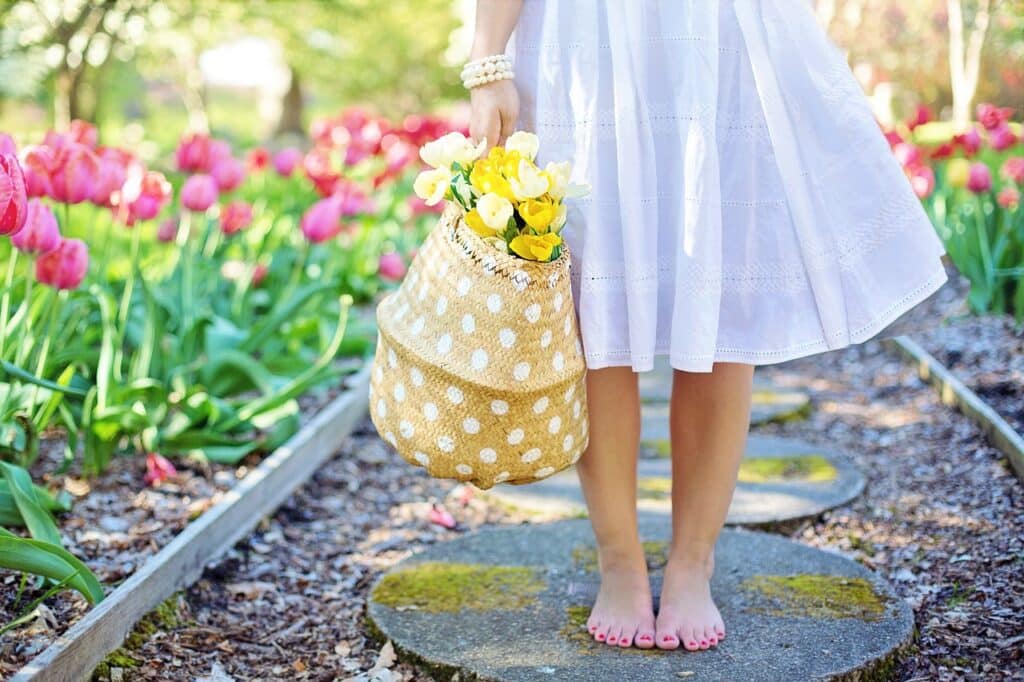Creating an animal-friendly space in your backyard contributes to the local ecosystem and allows beautiful, fascinating creatures to thrive and be observed up close. Proper planning and simple techniques can transform your backyard into a welcoming home for various wildlife. Robin Leigh Svec shares some of her favorite tips for creating an animal-friendly space in your backyard.

Choose Native Plants
Native plants offer numerous advantages when creating a wildlife-friendly backyard. First and foremost, they are uniquely adapted to thrive in their local environment, requiring less maintenance than exotic species. They are more likely to survive in the local soil, tolerate climate extremes, and resist local pests and diseases.
Local wildlife has evolved alongside these native plants, creating an intricate dependency. Birds, bees, butterflies, and other creatures often rely on specific native plants for food and shelter. By using native plants, you’re not only creating a hardy, low-maintenance garden but also providing vital resources to the local wildlife.
Incorporate Variety
In addition to choosing native plants, it is essential to incorporate a variety of plant species in your backyard. Different plants provide different resources for wildlife, such as nectar, seeds, fruits, and shelter. A diverse range of plant species will attract a more diverse range of wildlife.
You can create a layered effect that mimics natural habitats by including a mix of trees, shrubs, flowers, and grasses in your backyard. This allows for various species to coexist and thrive in your backyard.
Provide Water Sources
Water is essential for the survival of all living creatures, so incorporating water sources in your backyard is crucial for attracting wildlife. This can be as simple as installing a birdbath, setting up a small pond, or even leaving out shallow water dishes. It is important to regularly clean and refill these water sources to ensure they are safe for wildlife. Adding rocks or stones to the water also provides perches for birds and insects to rest while drinking.
Create Shelter
Just like humans, animals need shelter for protection from the elements and predators. You can provide natural shelter in your backyard by adding brush piles, rock walls, or hollow logs. These will also attract insects and other small creatures, which, in turn, will attract larger animals such as birds and mammals.
Another way to create shelter is by incorporating birdhouses, bat boxes, and bee hotels. These structures serve as shelters and provide nesting sites for specific species.
Avoid Chemicals
Chemicals such as pesticides, herbicides, and fertilizers can harm wildlife. These substances not only kill pests but also beneficial insects and pollinators. They can also contaminate water sources and harm animals that ingest them.
Instead of using chemicals, opt for natural pest control methods such as companion planting or organic fertilizers. This will ensure the safety of both wildlife and your garden.
Leave Some Wild Spaces
Having a perfectly manicured yard can be tempting, but leaving some areas in their natural state is essential for attracting wildlife. Leave some patches of grass unmowed, allow some plants to flower and go to seed, and let leaves and debris accumulate in some areas. This provides habitat and food sources for different animals. By leaving some wild spaces, you also promote a more sustainable and low-maintenance landscape.
Final Thoughts
Creating an animal-friendly space in your backyard benefits the local ecosystem and provides a peaceful and enjoyable experience as you observe the various creatures you visit. By incorporating these simple techniques, you can easily transform your backyard into a welcoming haven for wildlife. Remember always to research the specific needs of your local wildlife and have fun exploring different ways to make your backyard a sanctuary for animals.
